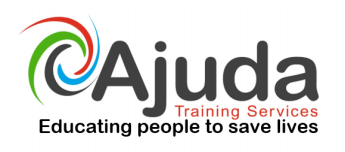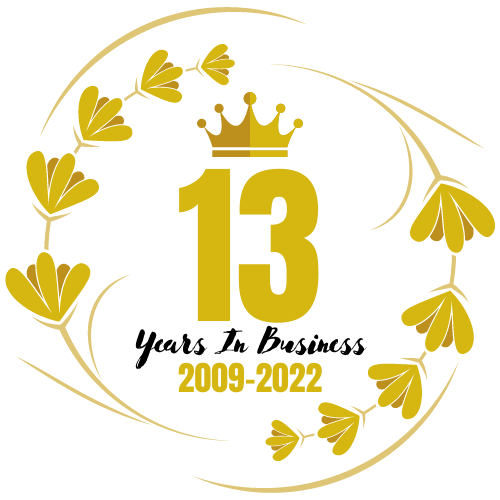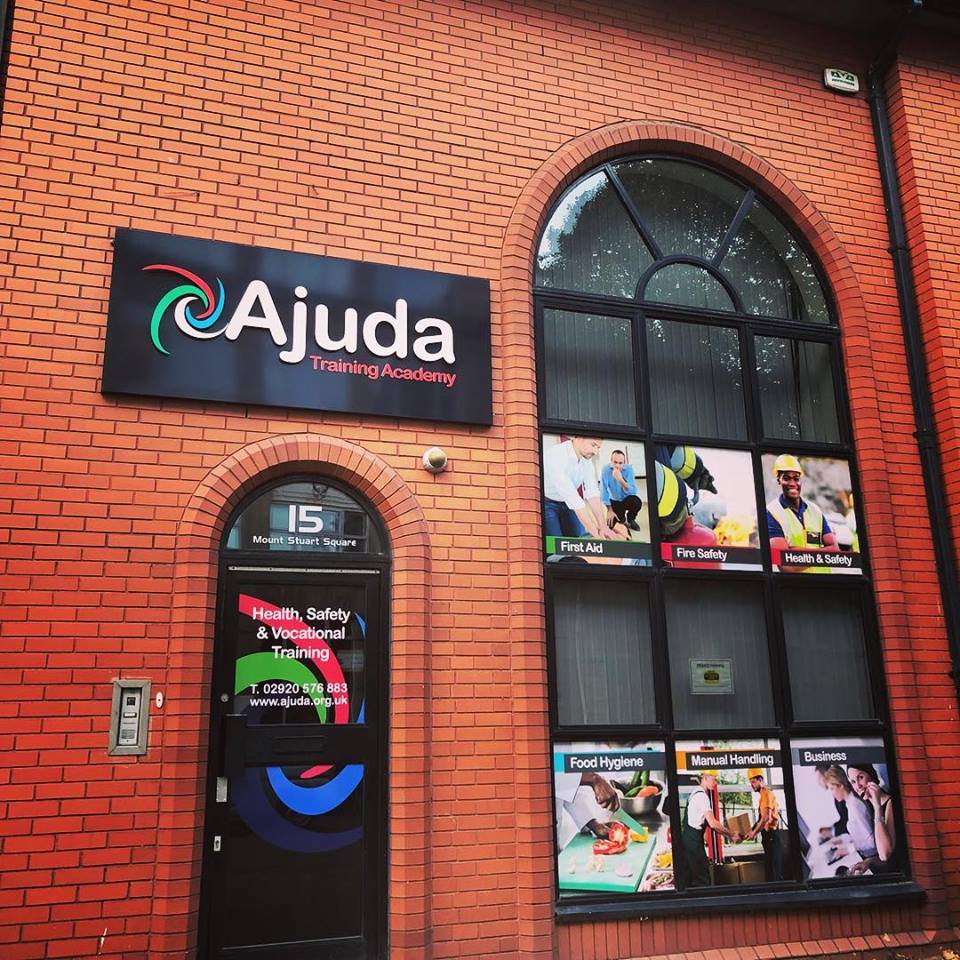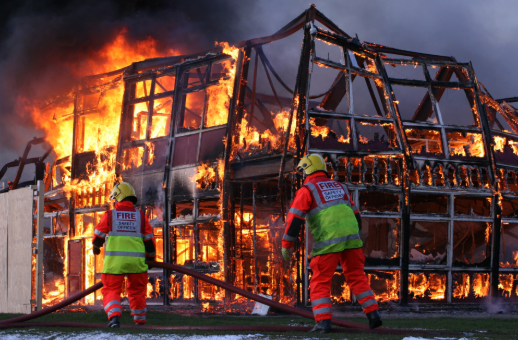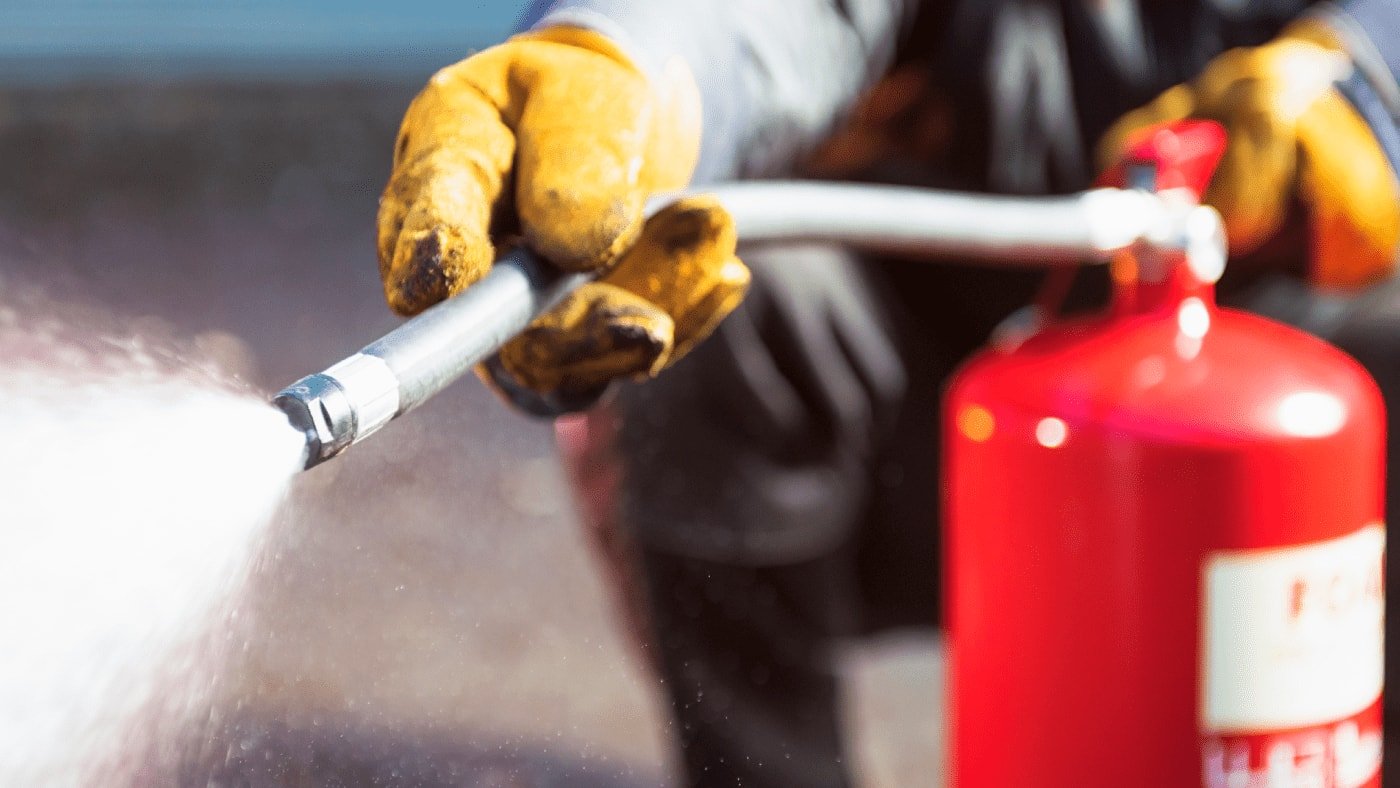According to the Royal Society for the Prevention of Accidents (RoSPA), more than 6,000 people will end up in hospital on Christmas Day and over the Christmas period more than 80,000 people visit A&E and these numbers appear to be rising. Not only is there an increase in admissions due to common winter illnesses, hospitals in the UK see thousands of people treated for Christmas-related injuries. Christmas sees injuries from knives, trips (e.g. from fairy light wires), food poisoning and burns. With serious incidents such as house fires also being more common than during other times in the year; People are 50% more likely to die in a house fire over Christmas than at any other time of year. Approximately 350 people a year are hurt by Christmas tree lights, according to RoSPA. Injuries include people falling while they’re putting them up, children swallowing the bulbs, and people getting electric shocks and burns from faulty lights. RoSPA’s advice is to ‘Test your lights and the wiring before you put them up, as they can deteriorate over the years. If you have old lights, buy new ones that meet higher safety standards, don’t overload sockets, as that’s a fire risk.’ – Since 1996, 31 people have died from watering their Christmas tree with the lights plugged in – 1 in 10 people burn themselves while setting fire to Christmas pudding – 350 people a year are hurt by Christmas tree lights – 1,000 people a year are hurt when decorating their homes – People are 50% more likely to be in a house fire at Christmas than at any other time of the year – Do not leave candles unattended (this advice should be followed throughout the year) – Ensure Christmas cards and wrapping paper are kept clear of open flames (e.g. do not hang cards above the fireplace and do not light candles near cards) – To reduce the risk of trips, slips and falls, keep holiday clutter to a minimum (e.g. invest in a cable tidy to keep stray wires minimal) – Watch out for small items that could cause a choking hazard, particularly in young children (e.g. Christmas cracker prizes) – Open packaging with scissors not knives to avoid careless injuries – If you have old Christmas lights, consider investing in new ones which will meet much higher safety standards – Keep the lights switched off until the Christmas tree is decorated and don’t let children play with the lights (some have swallowed the small bulbs) – Don’t overload sockets – Don’t let bulbs touch anything that can burn easily such as paper (this includes decorations) – Keep glass baubles out of reach of toddlers and pets – Don’t be tempted to leave the lights on when going to bed or when leaving the house – Follow the instructions on the turkey and don’t risk short cuts as it takes hours to cook a turkey thoroughly (uncooked turkey can cause salmonella poisoning, which can be life-threatening for vulnerable people) – Do NOT drink and drive! Take this advice on board to ensure that your Christmas is memorable for the right reasons. Have a lovely, safe Christmas and a very Happy New Year. If you have any other suggestions on ways to stay safe over Christmas, please Tweet us on @ajuda_training. To book yourself onto any of our valuable, life-changing courses (such as, First Aid, Health and Safety or Food Hygiene) in the New Year, please see our Course Calendar and use our new online booking system to book your place. To view our Christmas opening hours, please click on the picture below.
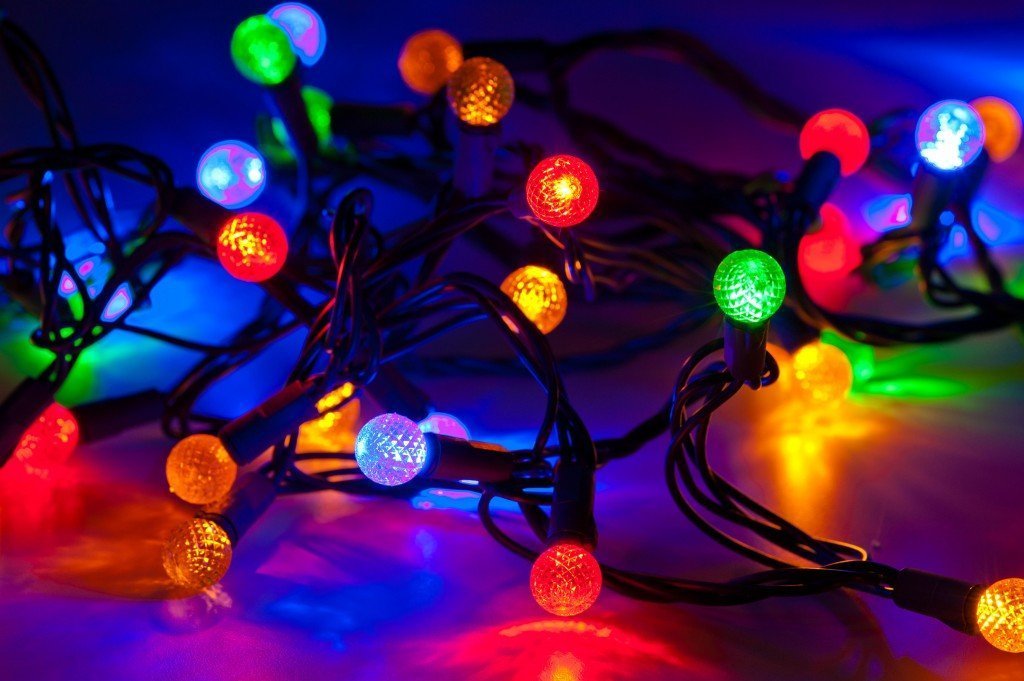
To put these risks into perspective, here are just a few Christmas accident statistics:
– 30 people die from food poisoning each ChristmasHere are some handy hints to keep your house safe:
Tag: fire safety
Learn lifesaving skills at Ajuda this June
Each month we provide courses at Ajuda Training Academy
June is jam packed with training courses that you can come along to from First Aid to Health, here’s the full calendar for this month
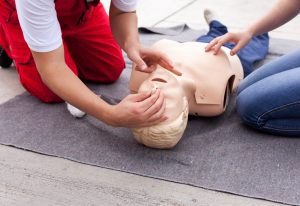
First Aid
3rd & 4th June – Level 3 Award in First Aid at Work Refresher (RQF)
17th June – Level 3 Award in Emergency First Aid at Work (RQF)
17th – 19th June – Level 3 Award in First Aid at Work (RQF)

Train the Trainer
10th – 12th June – First Aid Trainer / Assessor
13th June – Defib Instructor Course

Employment Skills
6th June – Interview Skills
20th June – Employability Skills
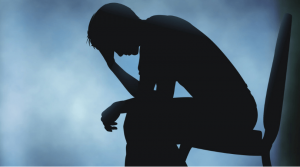
Mental Health
27th & 28th June – Mental Health First Aid (Wales) (Adult)
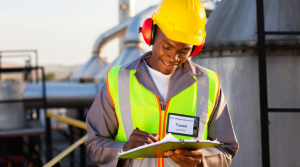
Health & Safety
24th June – Level 2 Award in Safe Moving & Handling (RQF)
25th – Level 2 Award in Fire Safety and Fire Marshal (RQF)
26th – Level 2 Award in Food Hygiene (RQF)
Book a course
Click here to book on a course online
Or speak to the team on 02920 576883
Is your child’s school fire safe?
After recent news reported that cladding on two of the schools that have been tested so far following the Grenfell fire has failed combustibility tests, according to the Department for Education. The department has ordered all schools and colleges in England to carry out fire safety checks*. The same holds true to schools and colleges across Wales too – school fire’s can be detrimental.
The costs of a fire within a school can be significant. While financial costs may be great, the cost to the community can be even greater. For example, casualties, school closures or relocations, loss of jobs and the detrimental effect on local businesses. It is for this reason that Ajuda Training Service works with schools to provide advice and guidance on how to protect students and staff from the potentially devastating effects of fire.
To keep students and staff safe from fire, it’s important that schools:
– know how to keep themselves safe from fire
– are informed about and comply with fire safety legislation
– complete a fire risk assessment and ensure that these are kept up to date
– ensure procedures are in place to reduce the likelihood of fire
– maintain the fire detection and alarm systems
– ensure that staff and pupils are familiar with emergency evacuation procedures
All schools are different. They have different layouts and occupancies, and some schools may also have pupils and/or members of staff with special educational needs. Therefore, each school must develop its own procedures for managing fire safety. When developing this, schools should consider all the key issues presented to them.
By law schools are required to undertake risk assessments to identify the general fire precautions needed to safeguard the safety of pupils and staff alike in the case of a fire, including a safe means of escape.
Ajuda Training Service is available to provide further advice and assistance so please contact us. We also run Fire Safety open courses every month if you require just a couple of members to be trained in Fire Safety.
*News report from BBC News http://www.bbc.co.uk/news/education-40594362
How safe is your building?
In light of last weeks tragic event in London, we have decided to focus this week’s blog on how to ensure that your building is as fire safe as it can be. Following on from our last blog regarding the importance of Fire Drills in the workplace, we will be highlighting prevention and protection measures that you can take. In a time where many people will be feeling incredibly worried about how to protect their buildings from fire, Ajuda will be offering a 20% discount off any of our in-house and our online Fire Safety courses.
Prevention
Fire prevention is the act of stopping fires from occurring. It is just as important to have a Fire Prevention plan in place as safety measures in the actual event of a fire.
Fire prevention measures may include matters such as:
– The prohibition of smoking on the premises.
– Adequate cleaning of work areas – keeping them clutter free. Bad housekeeping can not only cause a fire and help it spread, it can also hinder safe evacuations, obstruct access to firefighting equipment and obstruct fire exits.
– Avoiding the use of portable heaters and coolers.
– Preventing the accumulation of easily ignitable rubbish or paper.
– Regular risk assessments.
– Put in place security provisions that may help to reduce the risk of an arson attack.
– Positioning of heat sources to prevent contact with combustible material such as paper.
– Regular maintenance programmes of electrical equipment and wiring.
– Positioning of heaters and other machinery so that ventilators aren’t obstructed.
– Report electrical hazards.
– Never block sprinklers, firefighting equipment or emergency exits. Observe clearances when stacking materials.
– Ensure at least one person in the building is trained in how to use a fire extinguisher correctly.
Basically, fire prevention is focused on the principle of keeping fuel sources and ignition sources separate. If something creates heat, keep things that burn away from it.
Protection
Fire protection can save lives and minimise the amount of damage when a fire does occur. Some fire measures are built into a property whereas others can be introduced later (sometimes as a result of a fire risk assessment). There are two types of fire protection measures, either active or passive controls:
An Active Control Measure requires an action by somebody or something (e.g automated system) when a fire is detected. Examples include:
– Fire alarm systems
– Smoke detectors
– Emergency lighting
– Sprinkler systems
– Fire extinguishers, blankets and hoses
A Passive Control Measure are usually physical features that have been designed to make a building safer. Examples include:
– Compartmentation (e.g. fire-resistant walls, ceilings and doors to restrict fires from spreading)
– Fire exits
– Multiple escape routes and refuges
– Clear signage and emergency lighting
If you would like to take advantage of our current discounts please click here for our online training portal and here for our in-house fire safety course.
